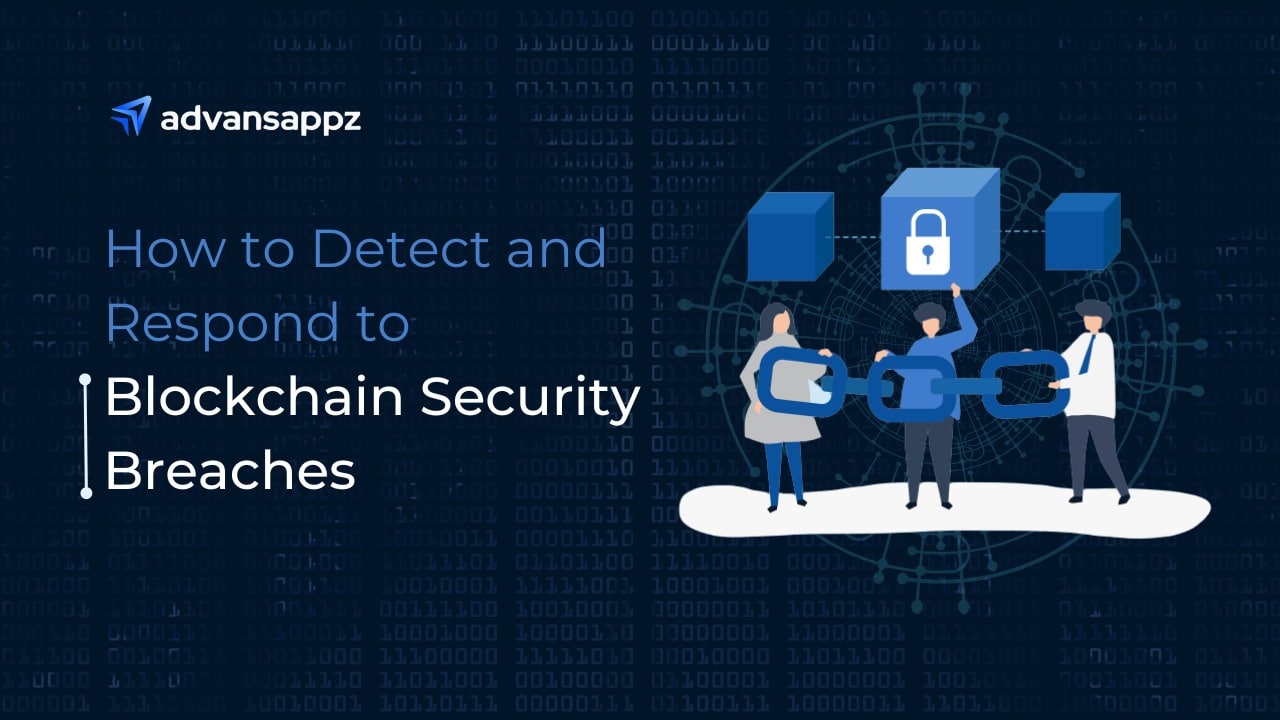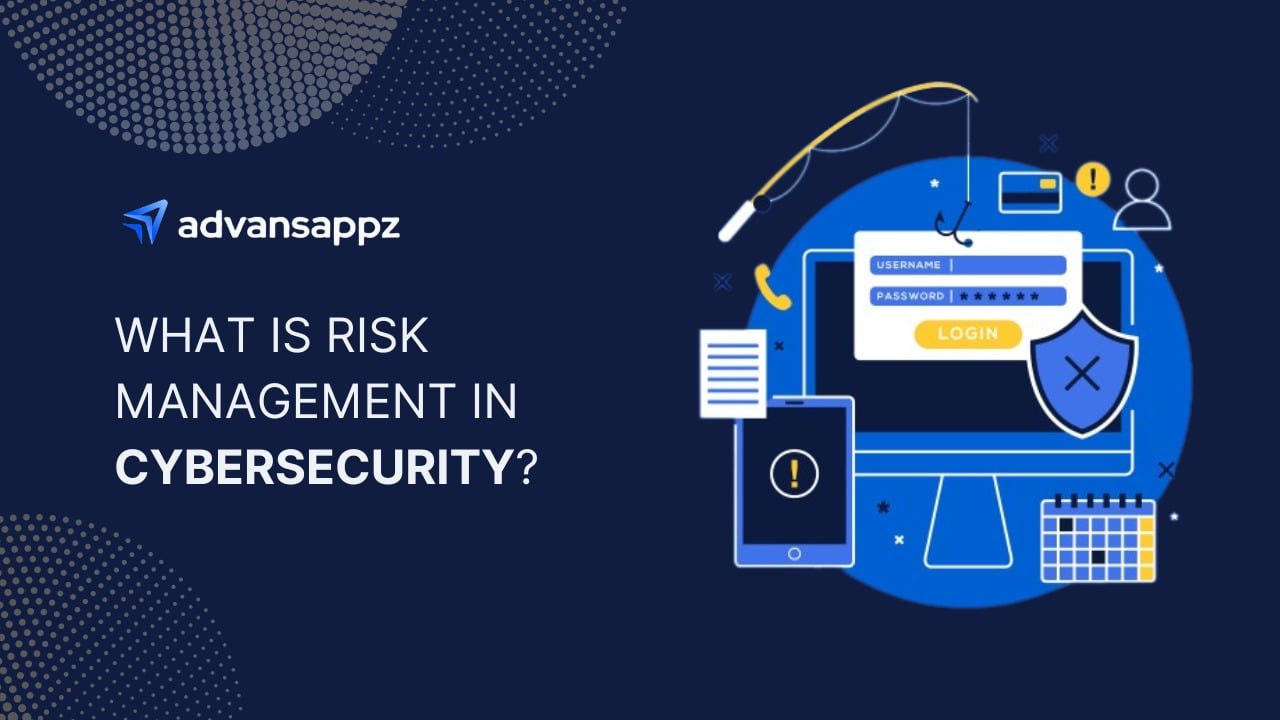Cybersecurity
Delivering Comprehensive Cybersecurity Solutions Tailored to your Business Needs
With advansappz, you’re not just hiring a cybersecurity service provider, but gaining a partner equipped with cutting-edge artificial intelligence, dedicated to protecting your digital assets and driving your business forward securely.

Expertise in Cybersecurity
Trusted by Funded Startups, Enterprises
250+ Clients Globally
Solution-oriented approach
Join 1000s of global brands NOW!
Your Partner in Achieving Cyber Resilience
and Business Continuity
Financial Efficacy
advansappz enables significant cost savings, leveraging AI to streamline operations and reduce the need for your business to dedicate extensive resources to hiring, training, and maintaining an in-house cybersecurity team. Our competitive pricing structure, including a trial period of service at no charge, ensures that your budget can be focused on other strategic initiatives.
Unparalleled Expertise
advansappz's team comprises seasoned IT professionals with diverse skill sets, including AI and machine learning. We take pride in our proficiency in cybersecurity, using artificial intelligence to ensure efficient problem-solving and effective solutions to safeguard your digital assets. Our expertise extends to software development, network administration, database management, and more.
Streamlined Cybersecurity Management
Outsourcing your cybersecurity needs to advansappz allows your business to focus on its core operations while we manage the complex security landscape. We handle resource allocation, performance monitoring, and threat management using advanced AI techniques, freeing your team to drive strategic initiatives and enhance productivity.
Certification Facilitation
advansappz's ability to facilitate preparation for ISO 27001 and SOC 2 certifications can provide you with the compliance assurance you need to secure your business and win clients. This service is particularly beneficial for businesses that lack the necessary in-house resources or expertise to prepare for an audit.
Our Success is a Testament to Our Expertise
1500+
Employees
780+
Projects
250+
Clients
Defend your digital assets, with advansappz's Proactive cybersecurity solutions
Building a Resilient Digital Infrastructure through advanced security practices
Transparent, Risk-Free Collaboration
advansappz believes in a partnership based on trust and success. We do not charge you until your project, guided by AI-enhanced strategies, meets the success criteria defined by you. Our transparency underscores our commitment to client satisfaction and risk mitigation.
Scalability Assured
advansappz gives you the confidence to scale your business effectively. Supported by a large talent base with expertise in AI and multiple other disciplines, we ensure your business is well-equipped to navigate the growth journey, especially in the realm of cybersecurity.
Bespoke Cybersecurity Service
As a new player in the cybersecurity space, advansappz is primed to deliver highly tailored services, driven by AI insights, to meet your unique security needs. We emphasize putting the right people in the right spots, ensuring a custom-fitted, AI-enhanced cybersecurity approach.
Flexible Cybersecurity Support
advansappz provides a level of flexibility that’s hard to match. We use artificial intelligence to adjust our resources to align with your changing requirements quickly With advansappz, you can scale your cybersecurity resources up or down effortlessly, ensuring cost-effectiveness while maintaining robust protection against evolving threats.
Versatile Engagement Models
advansappz offers a range of engagement models, supported by AI-driven resource management, including direct and subcontracting services. We have subscription-based and part-time roles, providing the versatility to meet a wide array of cybersecurity needs. Our adaptable engagement models empower you to customize your cybersecurity support.
Access to Cutting-Edge Cybersecurity Technology
As part of our commitment to excellence, advansappz consistently keeps up with the latest technological advancements, including AI and machine learning innovations in cybersecurity. Our team is equipped with state-of-the-art infrastructure, software, and AI-driven solutions, providing your business with advanced tools and practices to maintain a secure digital environment.
Frequently Asked Questions
Do you have additional questions?
Cybersecurity refers to the practice of protecting computers, networks, software, and data from digital threats and unauthorized access. It involves implementing measures and employing techniques to safeguard information technology systems and ensure their integrity, confidentiality, and availability.
The field of cybersecurity encompasses various areas, including:
Security measures: These include the implementation of firewalls, encryption, and access controls to prevent unauthorized access and protect sensitive data.
Network security: It focuses on securing computer networks from unauthorized access, malware, and other network-based attacks.
Application security: This involves ensuring the security of software and applications by identifying and addressing vulnerabilities that could be exploited by attackers.
Data protection: It involves protecting data from unauthorized access, loss, or corruption. This can be achieved through data encryption, secure backups, and data access controls.
Incident response: This entails developing and implementing strategies to detect, respond to, and recover from cybersecurity incidents and breaches.
Threat intelligence: It involves monitoring and analyzing potential threats and vulnerabilities to proactively mitigate risks.
Security awareness and training: Educating users and employees about cybersecurity best practices, such as strong password management, recognizing phishing attempts, and safe browsing habits.
There are various types of cybersecurity that focus on different aspects of protecting digital systems and information. Here are five common types:
Network Security: Network security involves securing computer networks from unauthorized access, attacks, and intrusions. It includes measures such as firewalls, intrusion detection systems (IDS), and virtual private networks (VPNs) to protect network infrastructure and data transmission.
Application Security: Application security focuses on securing software and applications to prevent unauthorized access, data breaches, and code vulnerabilities. This involves practices like secure coding, regular software updates, and penetration testing to identify and fix potential weaknesses.
Information Security: Information security refers to protecting sensitive data from unauthorized access, modification, or destruction. It includes encryption, access controls, data backup, and secure storage to safeguard information from breaches, leaks, or theft.
Endpoint Security: Endpoint security involves protecting individual devices (endpoints) such as laptops, smartphones, and desktop computers from malware, unauthorized access, and data loss. It includes antivirus software, device encryption, and remote wiping in case of theft or loss.
Cloud Security: Cloud security focuses on safeguarding data and applications stored in cloud computing environments. It involves measures like data encryption, access controls, and regular security audits to protect cloud-based resources from unauthorized access, data breaches, and service interruptions.
The concept of the “7-layer model” is typically associated with the Open Systems Interconnection (OSI) model, which is a conceptual framework that describes how different components of a computer network interact. While the OSI model is not specifically focused on cybersecurity, it can be used as a reference to understand the different layers of a network and how security measures can be implemented at each level. Here is a brief overview of the seven layers:
Physical Layer: The physical layer represents the physical components of a network, such as cables, connectors, and network interfaces. While security measures are not typically applied at this layer, physical security considerations (e.g., access control to network equipment) are crucial to protect the network infrastructure.
Data Link Layer: This layer is responsible for the reliable transmission of data between adjacent network nodes. Security measures at this layer may involve techniques like MAC (Media Access Control) address filtering and Ethernet switches with port security to prevent unauthorized access.
Network Layer: The network layer handles the addressing and routing of data packets across different networks. Security measures at this layer include network segmentation, network address translation (NAT), and virtual private networks (VPNs) to ensure secure communication between networks.
Transport Layer: This layer ensures the reliable delivery of data between end systems. Security measures at this layer may involve protocols like Transport Layer Security (TLS) to encrypt data and provide secure communication channels.
Session Layer: The session layer establishes, manages, and terminates communication sessions between devices. While security considerations are not typically associated with this layer, session management techniques and protocols can contribute to overall security, such as session authentication and access control.
Presentation Layer: The presentation layer deals with data formatting, compression, and encryption. Security measures at this layer involve data encryption techniques and protocols like Secure Sockets Layer (SSL) or its successor, Transport Layer Security (TLS), to ensure secure data transfer.
Application Layer: The application layer is where end-user applications and protocols operate. Security measures at this layer involve implementing secure coding practices, access controls, authentication mechanisms, and encryption to protect applications and data from unauthorized access, manipulation, or exploitation.
The “three C’s of best security” are Comprehensive, Consolidated, and Collaborative. These principles emphasize key aspects of effective security practices. Let’s explore each one:
Comprehensive: A comprehensive approach to security means considering and addressing all aspects of a system or organization’s security. It involves identifying and mitigating vulnerabilities across networks, systems, applications, and data. By adopting a comprehensive strategy, organizations can ensure that security measures are implemented at every level and that no potential weaknesses are overlooked.
Consolidated: The principle of consolidation emphasizes the centralization and integration of security measures. Instead of having disparate security solutions and processes, a consolidated approach seeks to streamline and unify them. This can involve implementing centralized security management systems, integrating various security technologies, and standardizing security policies and procedures. Consolidation improves efficiency, coordination, and visibility, making it easier to detect and respond to security threats.
Collaborative: Collaboration is crucial in security because it recognizes that no entity can tackle all security challenges alone. The collaborative principle involves working together with partners, stakeholders, and the broader security community to share knowledge, insights, and threat intelligence. By collaborating, organizations can leverage collective expertise, benefit from shared resources, and stay updated on emerging threats. This collaborative approach strengthens overall security capabilities and helps identify and address threats more effectively.
Cyber domains refer to distinct areas or categories within the realm of cybersecurity. These domains focus on different aspects of cybersecurity and help categorize and understand the various dimensions of the digital security landscape. Here are the key cyber domains:
Network Security: Network security focuses on securing computer networks and their components from unauthorized access, attacks, and intrusions. It involves implementing measures such as firewalls, intrusion detection systems (IDS), and network segmentation to protect network infrastructure, data transmission, and communication channels.
Application Security: Application security aims to secure software applications and systems from vulnerabilities and threats. It involves identifying and addressing weaknesses in software code, using secure coding practices, conducting regular security testing (e.g., penetration testing), and implementing measures like input validation and access controls to prevent unauthorized access, data breaches, or system compromise.
Endpoint Security: Endpoint security focuses on securing individual devices, such as computers, laptops, smartphones, and IoT (Internet of Things) devices. It involves protecting these endpoints from malware, unauthorized access, and data breaches. Endpoint security measures may include antivirus software, encryption, access controls, and device management solutions to ensure the security and integrity of endpoints and the data they handle.
Data Security: Data security encompasses protecting sensitive data from unauthorized access, disclosure, alteration, or destruction. It involves employing encryption techniques, access controls, data classification, and secure storage and transmission methods. Data security aims to ensure the confidentiality, integrity, and availability of data throughout its lifecycle.
Cloud Security: Cloud security focuses on securing data and applications stored and accessed in cloud computing environments. It involves implementing security measures like data encryption, access controls, identity and access management (IAM), and security monitoring and logging. Cloud security aims to address the unique challenges and considerations associated with cloud-based services and ensure the protection of cloud resources and data.
Physical Security: Physical security pertains to securing physical assets, facilities, and equipment that are critical to an organization’s cybersecurity. It involves measures such as access control systems, surveillance systems, physical barriers, and employee training to prevent unauthorized access, theft, tampering, or destruction of physical assets that may impact cybersecurity.
Let's Work Together to Secure Your Business
Contact us today to learn more about how we can help you stay secure in the digital age.







